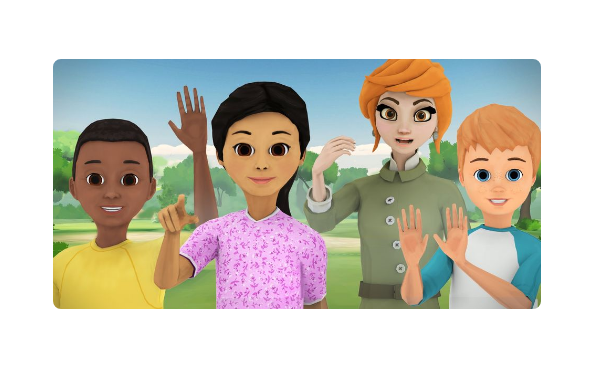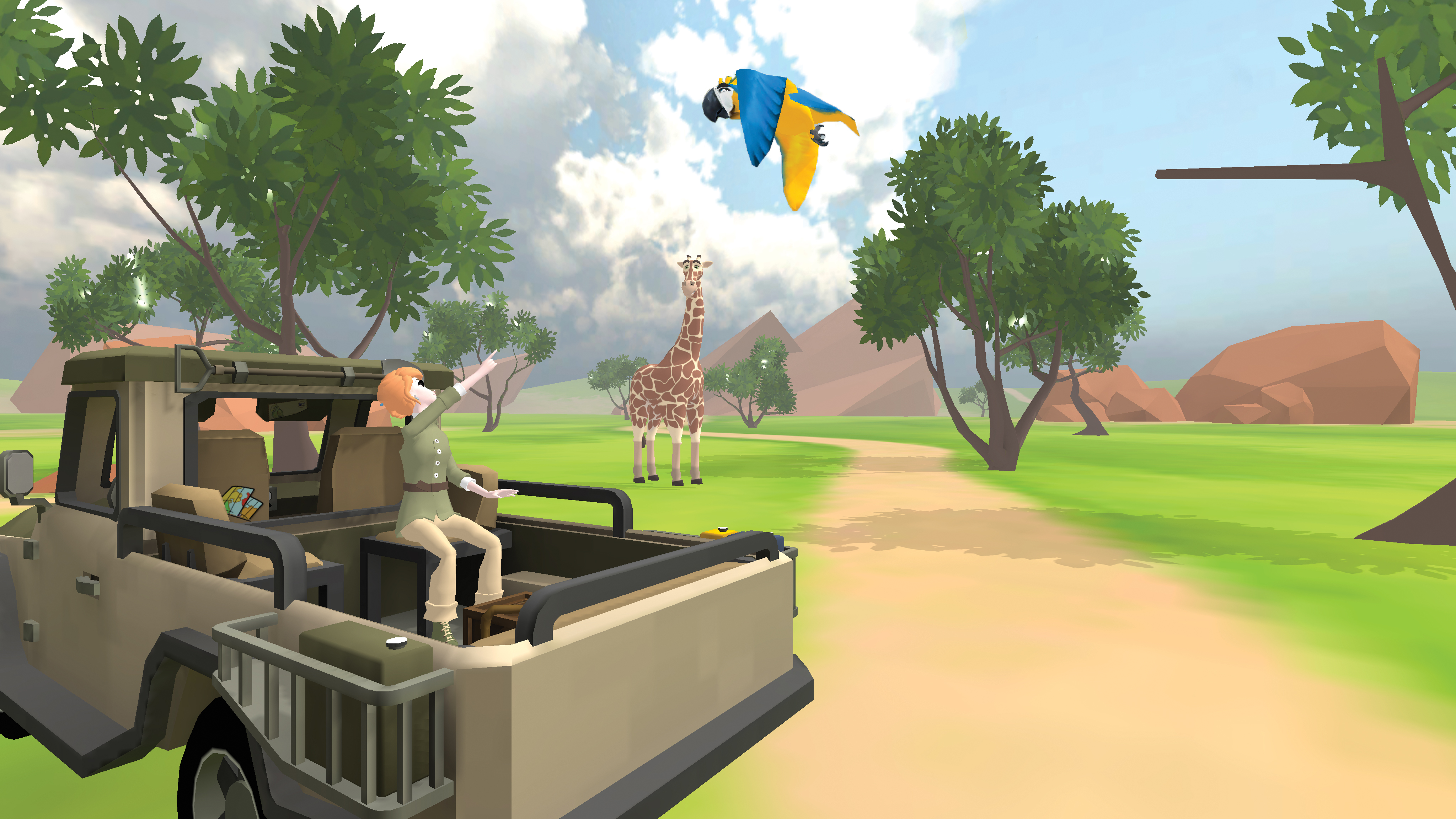
Which clinicians work on imitation in therapy? Pretty much, all of them! OTs work on motor imitation - a critical skill for motor planning and sequencing. SLPs work on imitation with emerging language learners to imitate words and/or gestures in communicative interactions. And, of course, ABA therapists have a plethora of imitation goals in their curricula.
So, why do so many disciplines work on imitation? Because it is a pivotal skill for learning. Through imitation, Learners develop new ways of moving, new ways of communicating, new ways of playing and new ways of thinking and problem solving. Imagine a young toddler trying to figure out how to navigate a novel piece of equipment on the playground. Imagine another youngster trying to figure out how to tie shoes. Imagine a third child trying to figure out how to join a new group of friends. So many of these skills involve observing and imitating peers or adults. Acquiring new skills in this way typically requires a combination of imitating language, motor, problem solving and social skills. This is why Floreo has incorporated Imitation as a category for skill development.
Floreo begins its imitation curriculum with simple actions (Be a Copy Hero) and simple words (Be an Echo Hero). While these early imitation lessons only have incidental social interactions (in the form of attending to, and responding to a human character in the scene), the follow up lessons Show ‘em What to Do and Tell ‘em What to Say, ask the Learner to initiate the interaction, a social skill that is particularly challenging for many of our autistic kiddos. Floreo places a child in the scene to support peer interaction development compared to a typical therapy session, in which the Learner is asked to imitate an adult. If you are looking for additional simple word imitation lessons, try Listen for 3 Words & Tell the Coach.
In our Imitation skill category, you will also find 4 of our gestural communication lessons. In these lessons, we place characters who are either actively modeling a physical gesture within the scene, or, with the tap of the button, can model the communicative gesture. These lessons include: Start the Gestures Game; Whose Turn is it to Push the Swing?; Stop & Go with the Giraffes; Move Giraffe! It's Time to Swing.
Finally, in our Imitation skill category, you can find our Yoga Poses lesson. In this lesson, we begin to present somewhat more complex motor movements. For example, the developmental milestone (right-left discrimination) allows a child to differentiate limb movements on the left from limb movements on the right. Consider the "Star posture" in this lesson, wherein the Learner needs to place the left arm out, palm up, and the right arm out, palm down. If your Learner would benefit from seeing the same posture from different angles, try either Focus on Yoga Instructions or Listen & Follow Yoga Instructions.
There are other lessons with hidden opportunities for imitation. Do you have a favorite? Let us know!





-1.png?width=550&height=250&name=Untitled%20(3)-1.png)